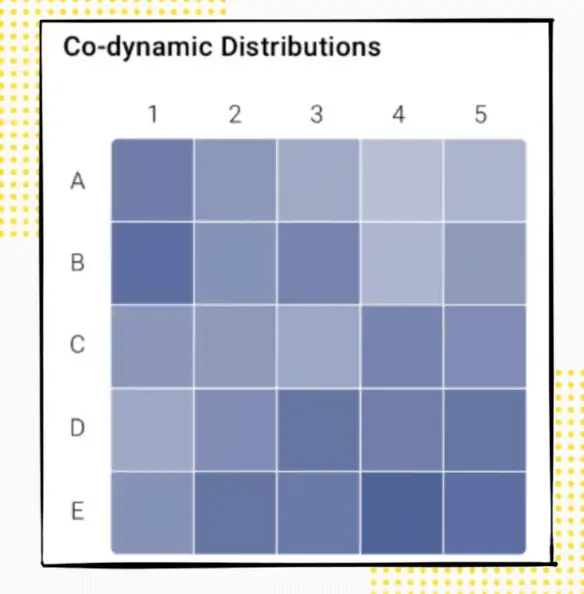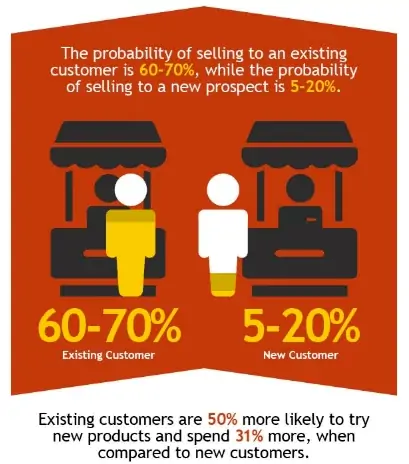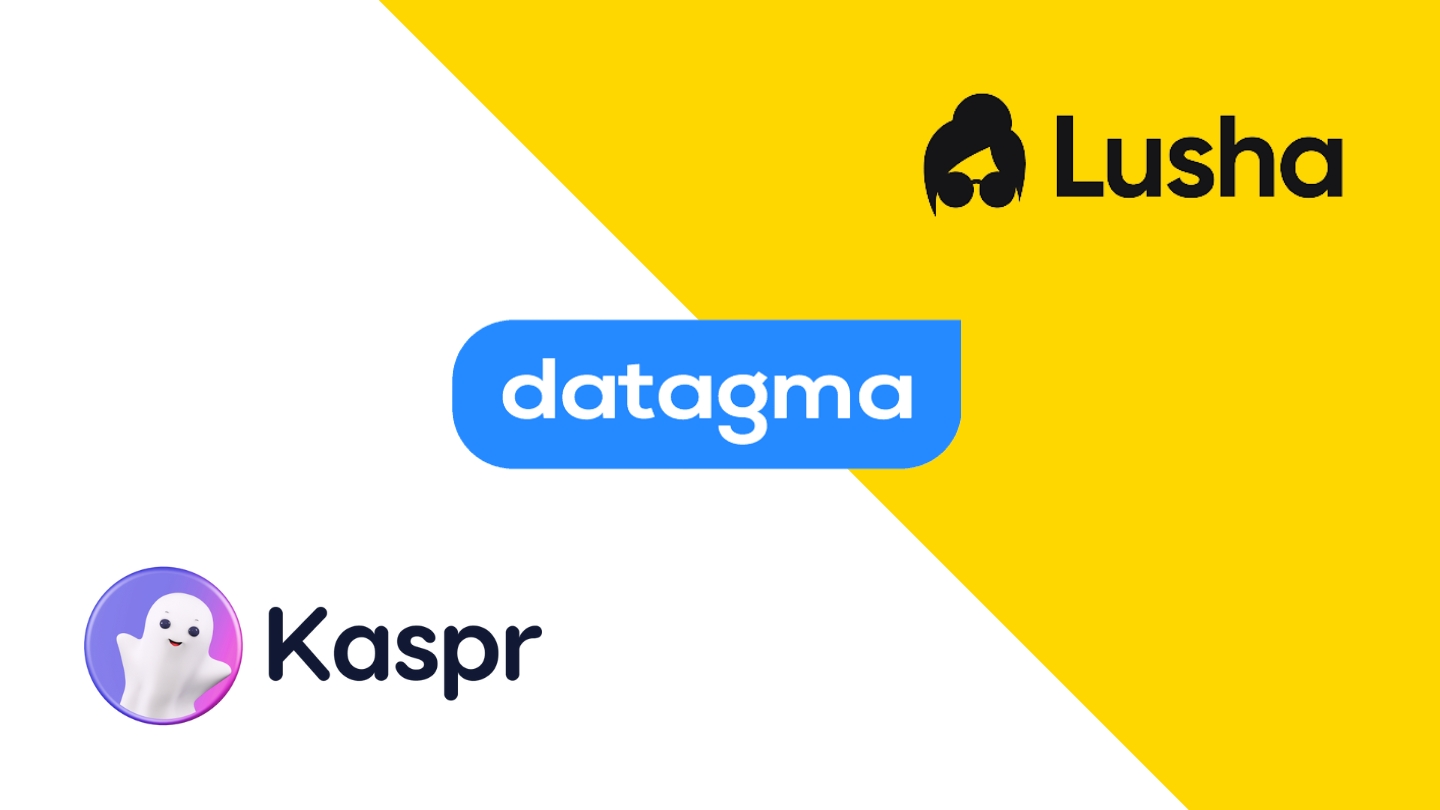Since their introduction into sales organisations, lead scoring models have changed little and are designed around one main objective: acquisition. While ideal for measuring purchase intent, lead scoring can also be adapted to other key objectives of your revenue strategy.
In this article, we present three other lead scoring approaches to assess the interest of your customers at different stages of their life cycle.
If you work with business introducers, note that these models also apply to partnerships.
Sommaire
#1 Expansion lead scoring models: Generating upsell & cross-sell opportunities
The role of upsell and cross-sell
The cost of acquisition is important, lead generation, qualification… The effort you put in is important. So how do you generate more revenue from the customers you have successfully converted?
Upsell and cross-sell are marketing strategies that consist of putting forward products that are complementary (upsell) or related (cross-sell) to products already ordered by your customers.
As part of your lead scoring strategy, it is possible to use these factors to score your prospects more accurately. To do this, your customer database should contain all the data points necessary to identify customers who will generate upsell and cross-sell opportunities.
You probably already have important data on your customers, both demographic and firmographic. Identify the common characteristics of your customers who use your “core” product (from which you will upsell and cross-sell).
If it is a new offer, you will use the ideal customer profile(ICP) that was the basis for your new offer.
Salesdorado’s advice
Use a B2B data enrichment tool if you do not have enough customer data
Setting up the expansion model

Breadcrumbslead scoring model
With this type of template, the score of your leads is composed of a letter and a number:
- The letter represents the lead’s level of “fit” (correspondence with your offer): A is the highest and E the lowest.
- The number represents the level of commitment of the lead: 1 is the highest level of commitment and 5 the lowest.
In the case of an expansion strategy, the engagement component of your model will be a little different from what you are used to seeing in acquisition models. Thealignment of the sales and marketing teams plays a key role in the implementation of this model.
Here, engagement is the combination of data related to the use of your product and your customer’s interest in the complementary products you are trying to sell (e.g. reading a related blog post).
#2 Retention scoring models: Detecting disengagement
Why check your retention?
You’ve probably heard the saying “It’s easier to keep a customer than to win a new one”? It’s more relevant than ever: more than $62 billion is lost every year due to poor customer service.

Source : Crazyegg
Retention has a direct impact on your cross-selling and upselling performance as these strategies apply to your existing customers.
Overall, as you can see above, the chances of selling to an existing customer are much higher than the chances of closing a sale with a prospect. Your sales performance indicators should therefore include retention and churn rates.
Define a lead scoring strategy based on retention
In contrast to acquisition patterns where we look for more recent and frequent activity, in most cases it is a decrease in recency and frequency that will provide the disengagement signal.
The key point to consider here is that, unlike acquisition models where we are looking for more recent and frequent activity, in most cases it is a decrease in recency and frequency that will provide the termination signal.
Here, your customers’ activity will most likely be the most important part of the equation, visiting your FAQ on how to cancel an account or get a refund, for example, is a strong signal of disengagement that should be reflected in your scoring.
The use of your products or services is also a strong indicator of your customers’ disinterest. More concretely, in the retail sector we pay attention to the frequency of use of your loyalty card or in a SaaS, to the decrease in connections.
#3 Lead scoring models to drive adoption
The impact of adoption on your ability to generate revenue
The adoption of your products or services is also a key performance indicator that you should track. Measuring adoption highlights the use (or under-use) of your tool and allows you to identify the benefits of your solution that really matter to your customers.
Most of the time, your tool is not the only solution used by your customer to solve a problem. You are actually competing with alternative products.
By developing adoption, you will encourage your customers to use your services more to solve problems for which they already have a solution.
The objective here is to maximise the use of your product or service to generate more revenue. More concretely, a high adoption rate translates into the following positive impacts:
- Saas – Purchasing committees are more likely to renew the use of the tool.
- Financial services – Users are more likely to continue using an application.
- Application – Users will have a greater tendency to form habits around the app.
- Media & Entertainment – Audiences are more likely to visit the site repeatedly
- Retail – Buyers are more likely to make new purchases.
Integrate adoption into your lead scoring model
While this lead scoring model is a little more difficult to conceptualise and create, it is essentially a hybrid model between an acquisition and an expansion.
Instead of creating a scoring model based on things like purchase intent, we score customer behaviour based on how they use their product or service.
In general, to use this type of model, the product team must have gone through the product development process and identified buyer personas, pain points, use cases, and validated them through customer interviews and other research.
The most important thing is to identify the characteristics that make your product or service successful in the eyes of your most important customers, and then to base this identification on accurate data.
The big difference with adoption models is that they are generally not focused on a monetary transaction. This does not mean that the model is useless, far from it. However, it does mean that the effectiveness of the previous two models will be easier to prove to your team.
Although there is always an exchange of value, the idea here is more to deliver on the promise you made to your customer in the first place. Ideally, the implementation of this scoring model results in an increase in customer lifetime.
The all-powerful acquisition bias
Contrary to what you might think, lead scoring is not just about maximising acquisition. Lead scoring is simply about identifying the individuals/entities most likely to take an action that we define as important to your business.
Of course, it is up to us to be able to correctly define the actions that lead to accelerated revenues and satisfied customers.
As long as you can clearly articulate your objective within your sales action plan, the thing you want to see happen (or not in the case of disengagement), and you have the data to feed the scoring models, the possibilities are endless.
Want to strengthen your lead scoring strategy? Discover our resources below:






